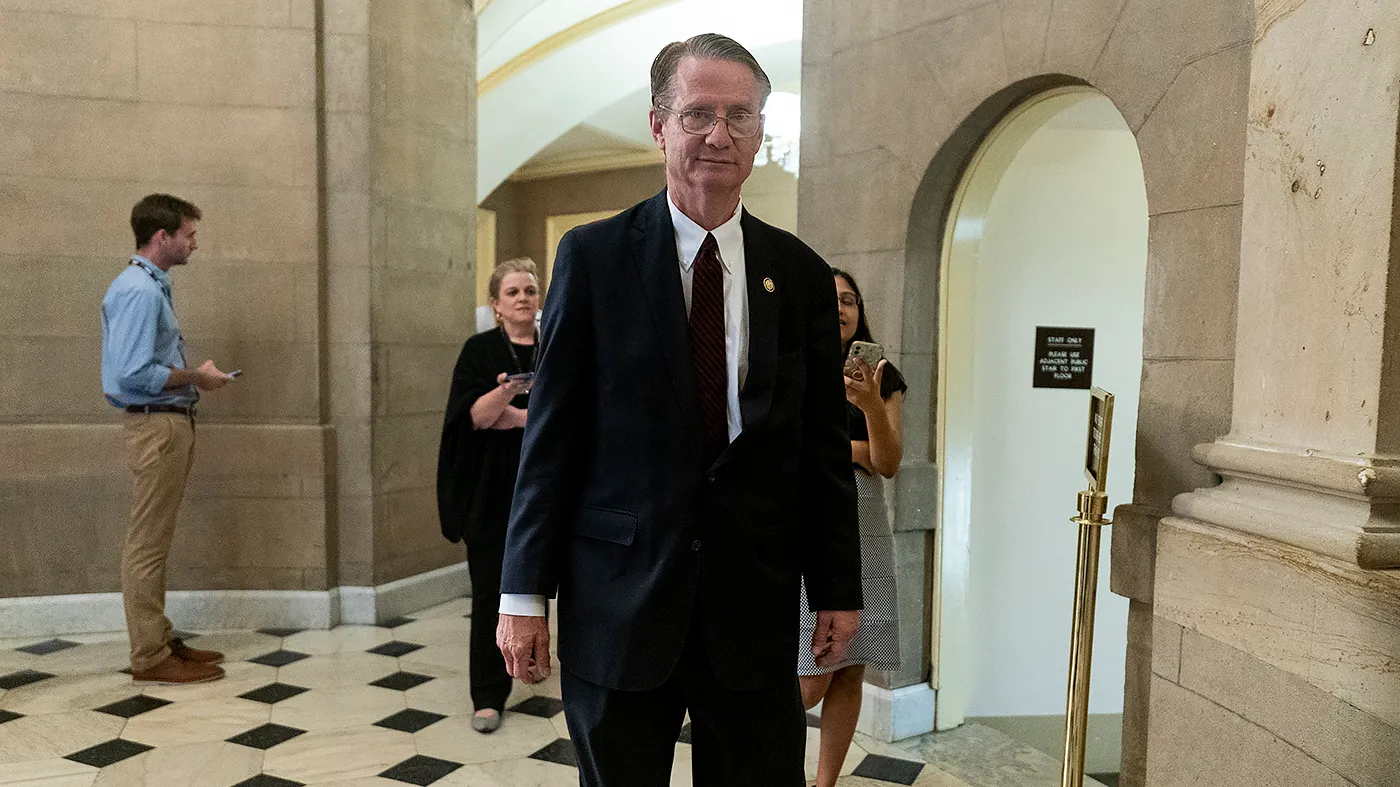S&P 500 Hits Record High and Dow Nears All-Time Peak as Strong Jobs Data Boosts Market Optimism
S&P 500 Hits Record High and Dow Nears All-Time Peak as Strong Jobs Data Boosts Market Optimism
By
Calder Monroe
Last updated:
July 4, 2025
First Published:
August 3, 2025
.jpeg)
Photo: NPR
Wall Street Surges Ahead of July 4 Holiday on Strong Labor Market News
U.S. stocks rallied on Thursday as stronger-than-expected job growth in June reassured investors about the economy’s resilience amid ongoing trade tensions and political uncertainty. The S&P 500 and Nasdaq Composite both closed at record highs, while the Dow Jones Industrial Average surged 344 points (0.77%), finishing just 186 points shy of a new all-time high.
Trading volumes were light ahead of the Independence Day holiday, but the market reaction was swift after the Labor Department reported 147,000 new jobs added in June, beating consensus expectations. The unemployment rate ticked down to 4.1% from 4.2%, signaling underlying strength in the labor market.
Analysts Applaud Blockbuster Jobs Report
“The June jobs report is like a summer blockbuster—plenty of action and a surprise twist,” said Gina Bolvin, president of Bolvin Wealth Management Group. “Despite tariffs, D.C. drama and global headwinds, the U.S. labor market just pulled off a better-than-expected performance.”
Bond yields spiked in response, as traders reevaluated the likelihood of Federal Reserve interest rate cuts. The 10-year Treasury yield climbed to 4.34%, while the 30-year yield rose to 4.86%. Meanwhile, the U.S. dollar index gained 0.45%, marking its biggest single-day increase in nearly two weeks.
Not All Sunshine: Weakness in Private Sector Hiring
Despite the upbeat headline numbers, some economists struck a cautious tone. Jim Baird, CIO at Plante Moran Financial Advisors, warned that private sector hiring was noticeably weak. “That’s the asterisk I would put on the report,” Baird noted. “We’ve been seeing and hearing caution from businesses when it comes to hiring, and that did show up in this month’s data.”
Other red flags included a rise in the average duration of unemployment and an uptick in the share of jobless Americans out of work for 27 weeks or more, nearing a three-year high.
Fed Rate Cut Expectations Fade
The strong jobs report sharply reduced the probability of a Federal Reserve rate cut in July. According to the CME FedWatch Tool, traders now see just a 4.7% chance of a rate cut this month—down from 23.8% just a day prior.
“The higher-than-expected payrolls, the dip in the unemployment rate, and the drop in jobless claims completely dispel the case for imminent Fed rate cuts,” said Seema Shah, Chief Global Strategist at Principal Asset Management. “There is absolutely no urgency for Fed support right now.”
Fed Chair Jerome Powell has come under intense political pressure from President Donald Trump, who has pushed for lower rates to stimulate growth during his trade war with key global partners. However, recent Fed commentary has indicated a more patient stance.
Broader Market Sentiment Turns Euphoric
Investor sentiment remains elevated despite valuation concerns. CNN’s Fear and Greed Index registered its highest reading in over a year, reflecting what some are calling “extreme greed” in the markets.
“Wall Street is starting off the second half of 2025 on a strong foot,” said David Laut, CIO at Abound Financial. “Investors are pricing in easing tariff fears, optimism around tax cuts, and sustained economic momentum.”
Still, not everyone is celebrating. Chris Zaccarelli, CIO at Northlight Asset Management, said he remains cautious. “While the recent rally is encouraging, valuations are stretched, and a lot of positive news is already baked into the market. That leaves us more vulnerable to negative surprises.”
Outlook
While the markets are riding high for now, the sustainability of the rally hinges on several unknowns: trade negotiations, inflation dynamics, and the Fed’s next move. With Trump’s sweeping “One Big, Beautiful Bill” still under debate in Congress and global economic uncertainties simmering, investors will be watching Washington closely in the weeks ahead.
Popular articles
Subscribe to unlock premium content
Global Cultures and the Hidden Drivers of Productivity and Happiness

The Future of Personalized Medicine

Digital Nomads and the New Global Economy

Global Cultures and the Hidden Drivers of Productivity and Happiness

The Future of Personalized Medicine

Global Cultures and the Hidden Drivers of Productivity and Happiness









